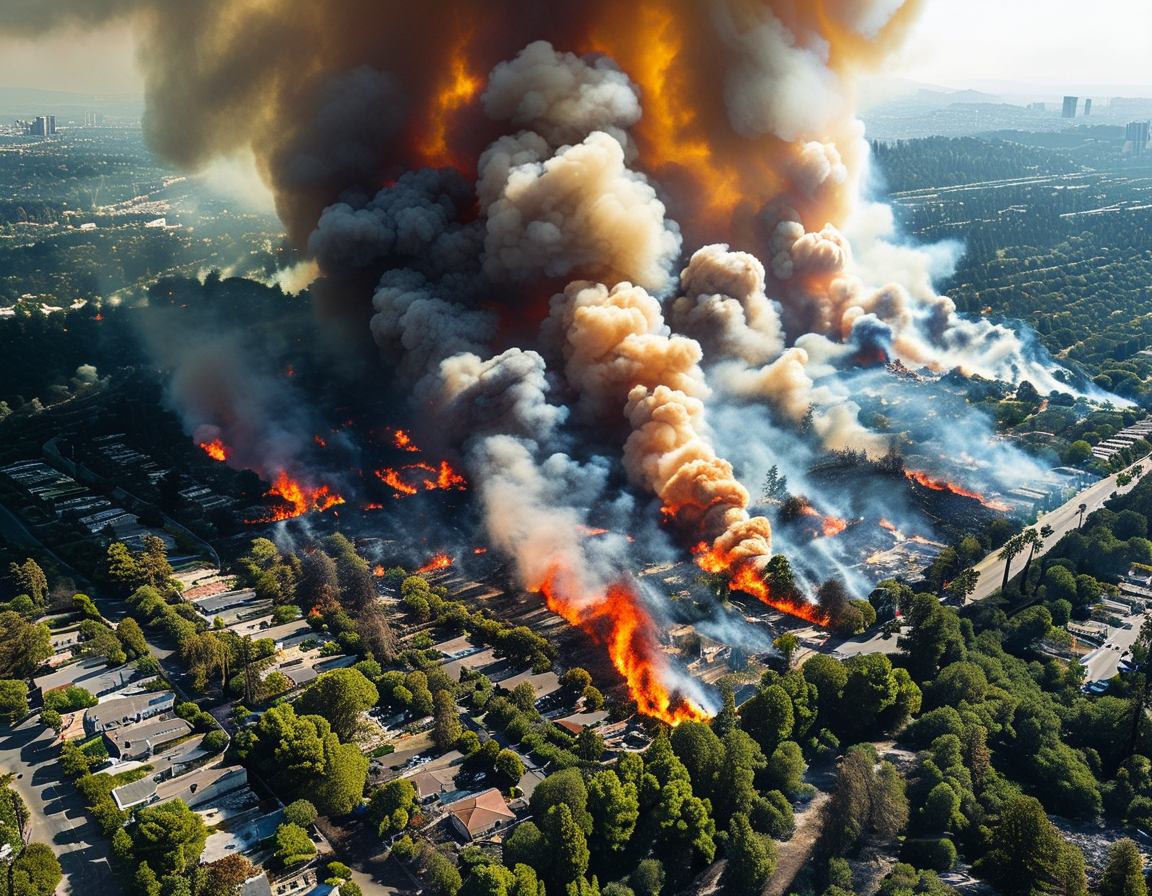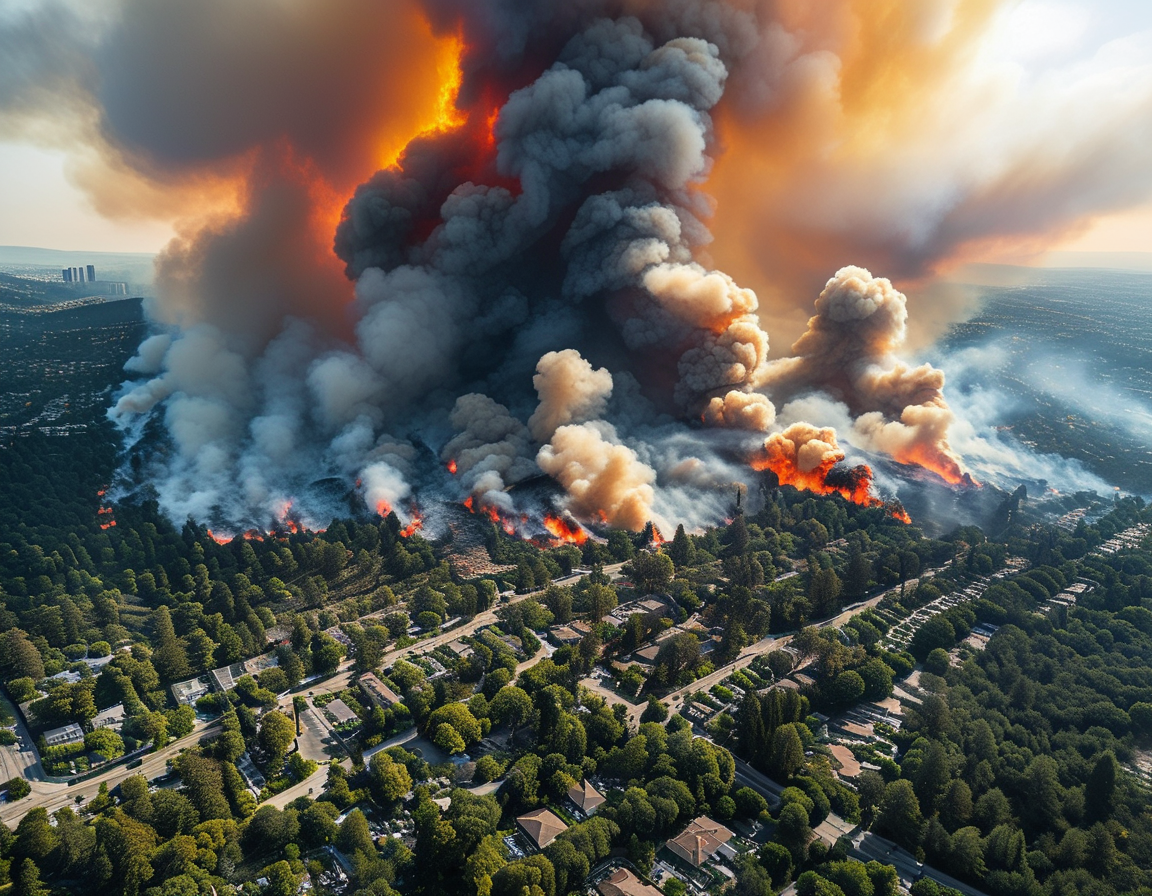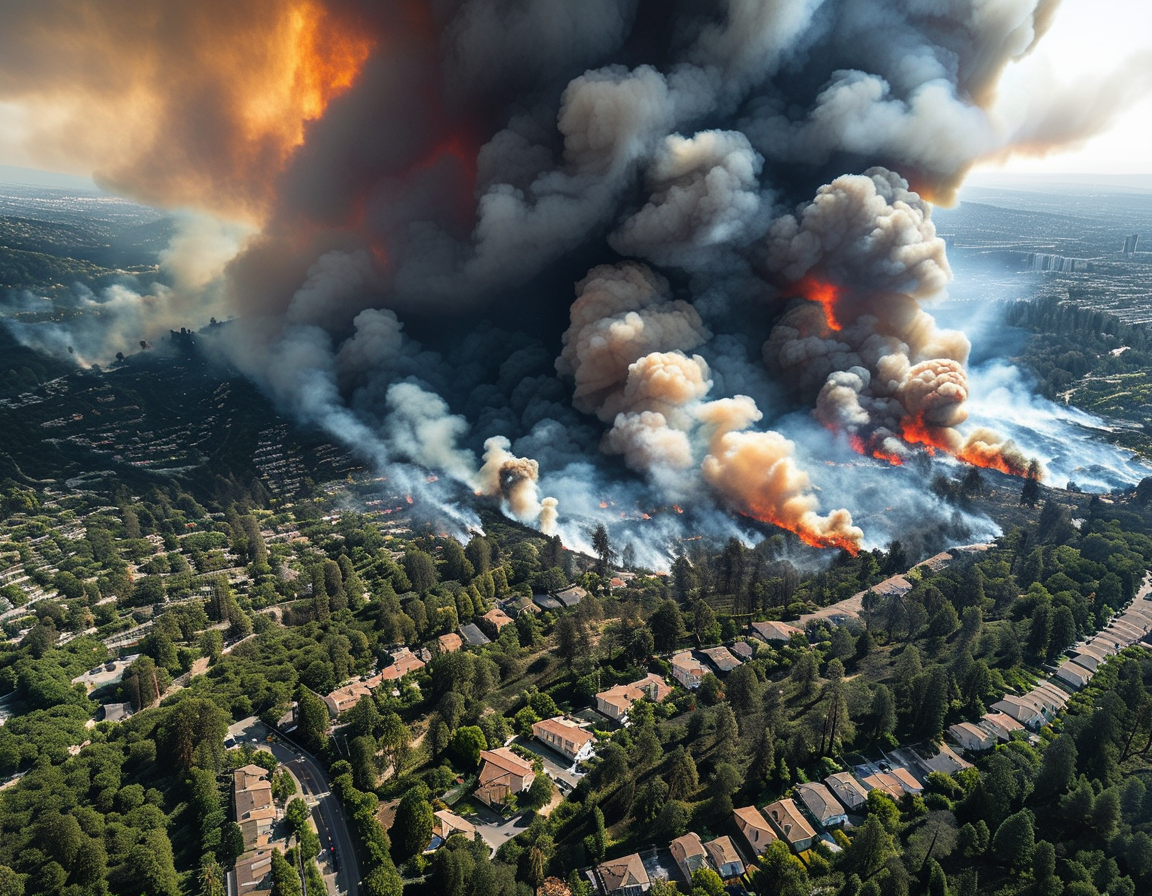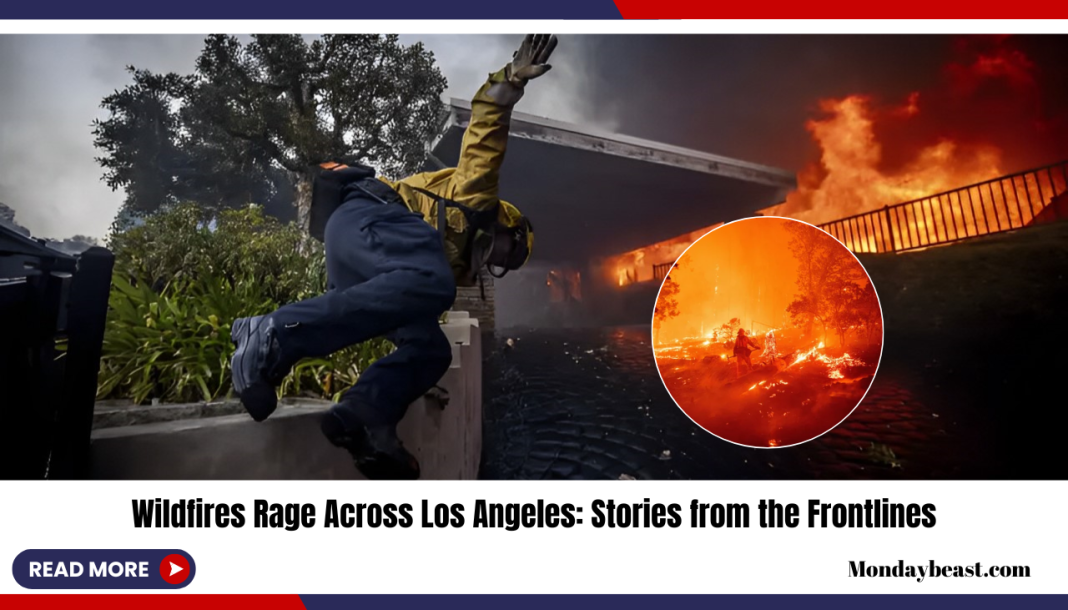The wildfires that erupted across Los Angeles have left a devastating mark on the city and its residents. Many are left asking, how can something so destructive occur so suddenly and furiously? These fires are more than just flames; they’re a crisis that reveals the vulnerability of our communities.
As thick smoke blankets the skyline, the heartache is palpable. Over 100,000 residents were ordered to evacuate, many fleeing in sheer panic. Picture the chaos, the uncertainty that creeps in when your home, your sanctuary, is suddenly no longer safe. Families grabbed what they could, sometimes just fleeing in pajamas. It’s a scene that feels almost surreal for many involved.

Just imagine receiving that alert. One minute you’re home, sipping coffee, and the next—a devastating fire threatens. That sense of urgency hits you, heart racing. Folks like 39-year-old producer Jennie Girardo found themselves thrust into this harrowing reality. “When I opened my door, it smelled like I was living inside of a fireplace,” she recalls, the shock evident in her voice. These harrowing stories echo throughout the city, as residents share their frantic escapes.
The destruction is staggering. Nearly 1,500 structures, mainly homes and businesses, are either damaged or gone. Entire neighborhoods have become ruins. In the Pacific Palisades, families watched as their beloved homes turned to ash. “It’s just really weird coming back to somewhere that doesn’t really exist anymore,” said Dylan Vincent, a resident who returned to collect his belongings. It’s heartbreaking to witness familiar places reduced to rubble.
The fires are fueled by a deadly combination of high winds and dry conditions, a frightening reminder of climate change’s toll. They reflect a pattern we’ve all seen worsening over the years. With less rain and more intense heat, this wildfire season starts earlier and ends later, leaving many residents on edge. Studies show that this trend isn’t going anywhere, raising urgent questions about preparedness and safety.

Notably, the Pacific Palisades fire is now the most destructive blaze in modern Los Angeles history—more devastating than the Sayre fire in 2008. How do you measure destruction? Perhaps in the homes lost or in priceless memories that now only exist in photographs. What does it mean for the community moving forward? It means rebuilding, but at what cost?
This natural disaster also affects the wider economy. Major Hollywood studios suspended production, and beloved landmarks were heavily damaged. Universal Studios shuttered its doors temporarily—what does that mean for local jobs? Loss ripple effects touch everyone, not just those who lost their homes. Local businesses struggle to survive, as residents question their safety.
California Governor Gavin Newsom has introduced emergency measures, deploying over 1,400 firefighters to combat the blazes. The National Guard is also lending a hand in this extraordinary effort. Still, despite their valiant efforts, residents are left questioning: Is this enough? Are we doing enough?

The tragedy goes beyond physical destruction—it impacts mental health too. Being uprooted from your home engenders a lasting fear and uncertainty. For many, home is not just a place but a haven, a reminder of stability. What does it mean to feel safe when flames loom nearby?
As we continue to watch this crisis unfold, an important question remains: How do we, as a society, respond to these patterns? It’s easy to lament the losses. We must also look forward and evaluate our systems. Pledges from local governments and communities to increase fire safety protocols are essential.
It’s in these moments of crisis that we find our resilience tested. We come together to support one another, as we process the aftermath. The fabric of LA is stronger than flames. With every challenge, hope is ignited. What can we learn from this to protect our future?
Now, let’s reflect. What can we do to prepare for such tragedies? How can individuals support victims after the flames have extinguished? The stories emerging from the ashes are just the beginning, and they remind us of decisions we need to make today for a safer tomorrow.




